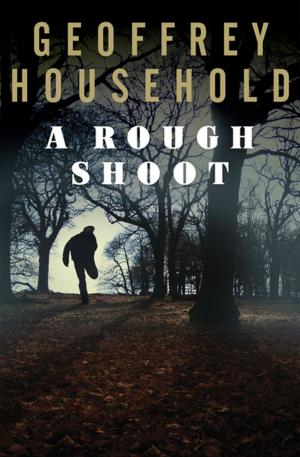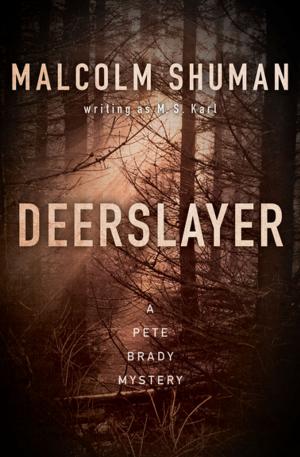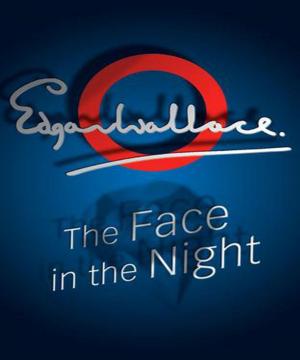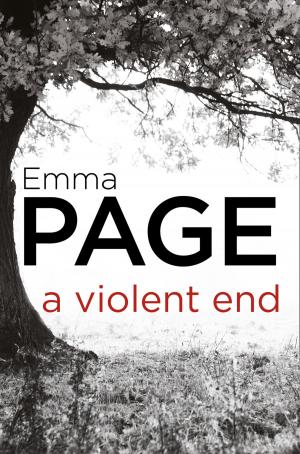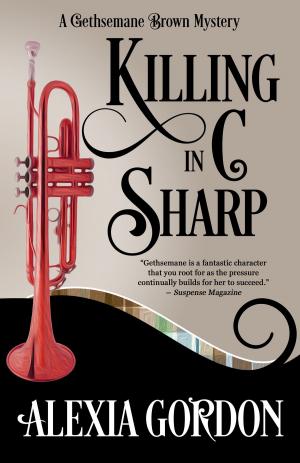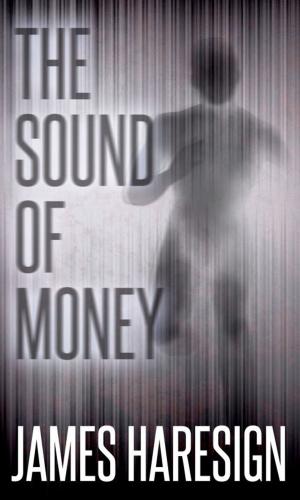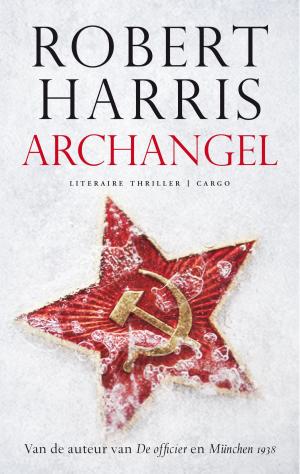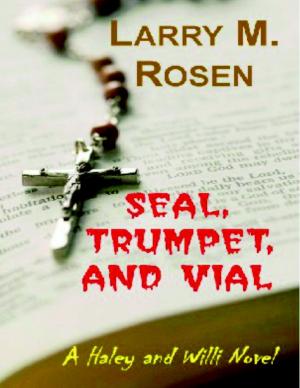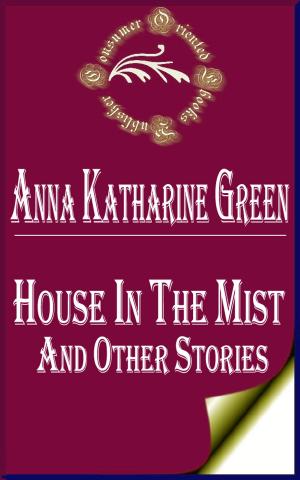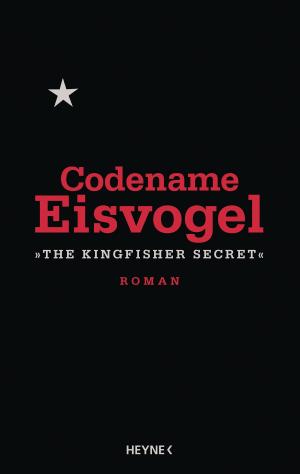| Author: | Bruce Briley | ISBN: | 9781940745251 |
| Publisher: | Bruce Briley | Publication: | November 23, 2013 |
| Imprint: | Smashwords Edition | Language: | English |
| Author: | Bruce Briley |
| ISBN: | 9781940745251 |
| Publisher: | Bruce Briley |
| Publication: | November 23, 2013 |
| Imprint: | Smashwords Edition |
| Language: | English |
Holmes and Watson are called upon to investigate a series of baffling murders taking place in Kronborg Castle in Elsinsor, Denmark, following the plot of Hamlet. (It is the castle that Shakespeare used as the model for the setting of Hamlet. It has moats, dungeons, torture chambers, huge spires, stately halls, the possibility of secret passages, and a bloody history of conflict.
The deaths indeed mirrored the plot of Hamlet, but to what end? The King’s brother succeeded him on the throne and married his wife, ala Hamlet. (Denmark was a Constitutional Monarchy, with succession to the throne strictly limited to males in order of birth. Next in line to the new monarch would be the deceased King’s sons, with their sister out of the picture.) Hamlet was based upon 600 year old writings based in turn upon older oral histories.
Sherlock and Watson are given the run of the castle, permitted to investigate anyone and everything, above and below stairs (which they do). Five suspects emerge.
As they begin their investigations, a Shakespeare Festival begins, a tradition that began in 1816, in respect of Shakespeare’s death 200 years before. Sherlock and John resolve to become part of the casts. (Imagine Watson playing Juliet’s mother [in Shakespeare’s plays, men often masqueraded as women in his plays].
Attempts to dispatch both men mar the performances. A mysterious, threatening letter arrives, and a huge tower clock plays a major role in saving the life of an intended victim, and provides more clues to the puzzle.
Applying inspired logic, Holmes finally concludes that he and Watson were being used, in order to distract suspicion from the schemer, plotter and murderer, whom Holmes finally exposes, to Watson’s chagrin.
Holmes and Watson are called upon to investigate a series of baffling murders taking place in Kronborg Castle in Elsinsor, Denmark, following the plot of Hamlet. (It is the castle that Shakespeare used as the model for the setting of Hamlet. It has moats, dungeons, torture chambers, huge spires, stately halls, the possibility of secret passages, and a bloody history of conflict.
The deaths indeed mirrored the plot of Hamlet, but to what end? The King’s brother succeeded him on the throne and married his wife, ala Hamlet. (Denmark was a Constitutional Monarchy, with succession to the throne strictly limited to males in order of birth. Next in line to the new monarch would be the deceased King’s sons, with their sister out of the picture.) Hamlet was based upon 600 year old writings based in turn upon older oral histories.
Sherlock and Watson are given the run of the castle, permitted to investigate anyone and everything, above and below stairs (which they do). Five suspects emerge.
As they begin their investigations, a Shakespeare Festival begins, a tradition that began in 1816, in respect of Shakespeare’s death 200 years before. Sherlock and John resolve to become part of the casts. (Imagine Watson playing Juliet’s mother [in Shakespeare’s plays, men often masqueraded as women in his plays].
Attempts to dispatch both men mar the performances. A mysterious, threatening letter arrives, and a huge tower clock plays a major role in saving the life of an intended victim, and provides more clues to the puzzle.
Applying inspired logic, Holmes finally concludes that he and Watson were being used, in order to distract suspicion from the schemer, plotter and murderer, whom Holmes finally exposes, to Watson’s chagrin.

